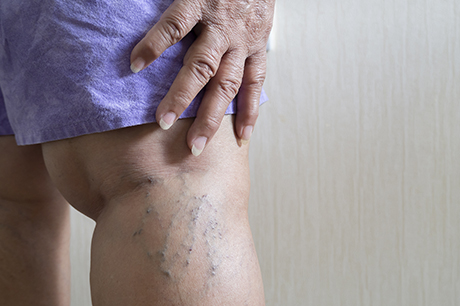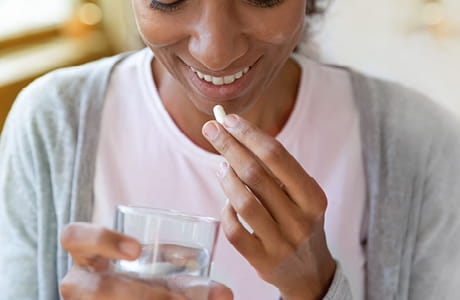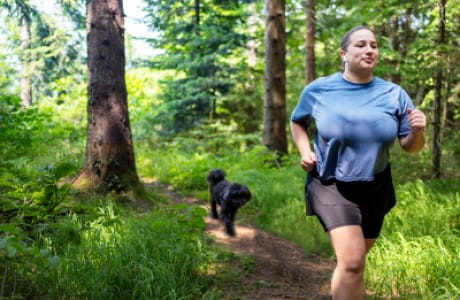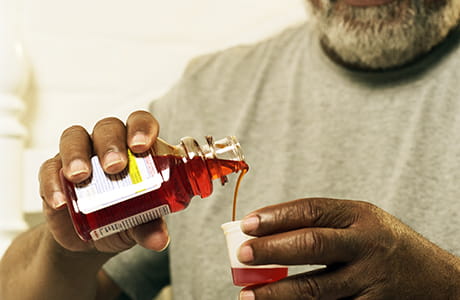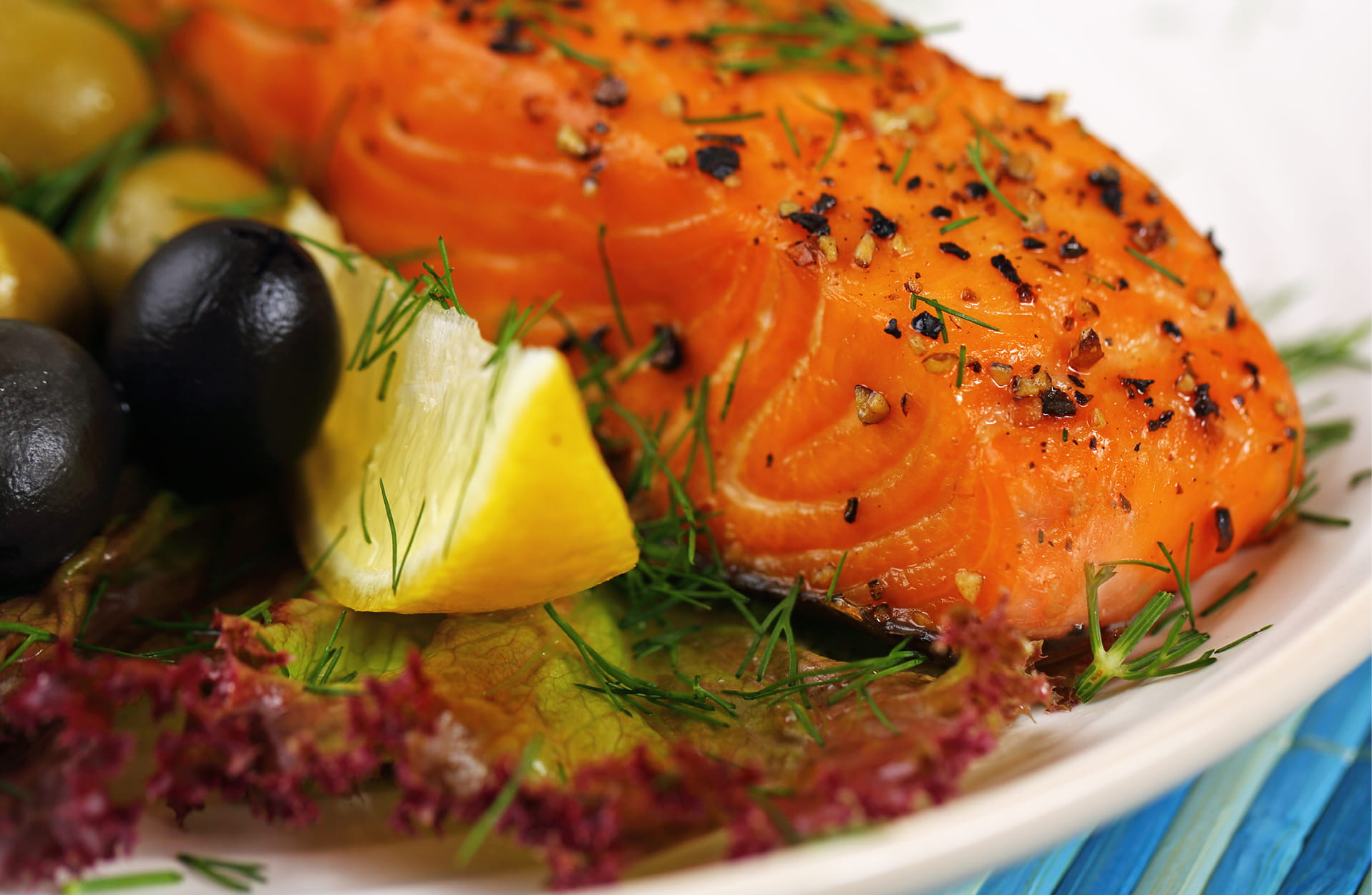What to know about varicose veins
Learn how to prevent varicose veins or get relief at home.
Sunny days mean shorts season for many of us. But does a bulging vein on your leg have you reconsidering your warm-weather wardrobe?
“Lots of people with varicose veins feel self-conscious about how they look,” says Alessandro Smeraldi, MD, a Geisinger vascular surgeon. “These veins most commonly appear in the legs and ankles. They pop out from the skin’s surface and appear twisted or ropy looking.”
In most cases, varicose veins are benign and don’t pose a health risk. If you’re bothered by their appearance, you can likely relieve the symptoms at home or with the help of your healthcare provider.
What are varicose veins?
Varicose veins are weak-walled veins with valves that don’t function the way they should. After your arteries carry blood from your heart to other parts of your body, your veins return the blood to your heart. This is where it gets tricky. Because they’re working against gravity, your veins can eventually weaken.
“Your veins have one-way valves that keep blood flowing from the legs to the heart,” says Dr. Smeraldi. “When these valves don't work like they should, blood collects in the legs and pressure can build. This can cause the veins to enlarge and become weak and twisted.”
Are varicose veins and spider veins the same thing?
Spider veins are a milder version of varicose veins that can appear around the same areas. These veins are smaller red or purple lines that show up near the surface of the skin, usually behind the knees or on the face or feet. For most people, spider veins aren’t as uncomfortable.
What are the symptoms of varicose veins?
Varicose vein symptoms can include:
- Itching: This generally happens immediately around the bulging vein.
- Pain: Muscles may cramp and legs can feel sore.
- Heavy legs: Leg muscles are difficult to move after strenuous activity.
- Swelling: Feet, ankles and legs may feel enlarged and swollen.
- Discoloration or ulcers (sores): These appear on the skin and are usually caused by severe varicose veins.
What causes varicose veins?
Varicose veins form due to various circumstances, some of which you can control. Factors that could increase your likelihood of having them include:
- Age: Growing older can cause age-related wear and tear on the vein.
- Gender: In general, women are more likely to develop varicose veins.
- Weight: Being overweight can put added pressure on your veins and make them work harder.
- Genetics: Varicose veins can run in your family.
- Tobacco use: People who use tobacco are more likely to develop varicose veins.
- Sitting or standing for long periods: A lack of movement can cause poor circulation and put more pressure on your veins.
But even if several of these factors apply to you, there are ways to prevent or treat varicose veins.
How to prevent varicose veins
Here’s the good news: Certain activities will help you prevent the appearance of varicose veins. And many of these precautions are relatively easy.
Dr. Smeraldi suggests the following to prevent varicose veins:
- Exercise often
- Lose weight
- Avoid wearing tight clothes
- Elevate your legs when possible
- Avoid extended periods of standing or sitting
“If you already have varicose veins, these same measures can help decrease pain and keep the veins from getting worse,” explains Dr. Smeraldi. “With a little effort, you can significantly improve your situation.”
Varicose vein treatments
If you have varicose veins, there are treatment options you can try:
Compression stockings
Your doctor may suggest trying compression stockings before moving on to more rigorous treatments.
“Wearing compression stockings all day squeezes your legs, helping your veins and leg muscles move blood back to your heart more efficiently,” explains Dr. Smeraldi.
If your doctor does advise compression stockings, your pharmacist can help find the best size and fit for you.
Radiofrequency closure
If compression stockings don’t help (or if your condition is more severe), your doctor may recommend a radiofrequency closure procedure.
“In this process, strong bursts of energy are sent into the varicose vein by a catheter introduced through a small puncture,” says Dr. Smeraldi. “This will cause the veins to close and disappear, and blood will be rerouted through healthier veins.”
Your doctor can help
Whether or not you seek treatment for varicose veins, know that they’re not dangerous and don’t cause long-term health issues. If you have veins that are uncomfortable — or you just don’t like how they look — talk to your doctor. They’ll help you plan the best path forward, so you can wear those warm-weather shorts with confidence.
Next steps:
Learn about vascular disease treatment at Geisinger
Find a vascular surgeon
Meet Alessandro G. Smeraldi, MD
